Kawasaki KLR650
2.6 U.S. quarts (2.5L)
The Kawasaki KLR650 is a dual-sport motorcycle intended for use on both paved and unpaved roads. It has been a long-standing model in Kawasaki ‘s lineup, having been introduced in 1987 and remaining almost unchanged through the 2007 model. The 2008 model was the first significant redesign of the KLR650 since its inception.
It has a 650cc four-stroke. DOHC. dual-counterbalanced, single-cylinder, water-cooled engine.
Specifications (1987-2007 KLR650-A)
2008 redesign
In 2008 the KLR650 was radically redesigned with new aesthetics, modern dual headlights and a more powerful engine. The new 651cc single-cylinder engine puts out 37bhp (28kW) at 6200rpm and 33.4ft·lbf (45.3N·m) of torque at 4950rpm. other improvements include: New fairing design, new instrument panel, redesigned handlebar control switches, new bar-end weights, revised powerband, revised suspension has reduced travel but with less static sag, new rear swingarm, new turn signals, larger petal-style vented brake rotors, new twin-piston rear brake caliper, increased radiator capacity, fork diameter increased from 38 to 41mm (1.5 to 1.6in), new headlight similar to that used on the Kawasaki Ninja 650R. larger luggage rack, firmer seat, larger-diameter wheel spokes. Stator alternator upgraded to 17amp output, providing an additional 36watt capacity.
Criticism of the new design include its wide use of sportbike plastics for the new body panels which are prone to cracking and damage in the event of a tip-over, especially true for this genre of dual-sport motorcycles. First and second year models have been recalled due to the wiring harness rubbing on sharp frame edges which have caused electrical shorts and documented fires.
Changes over the years
Aside from the colors, not much changed between the 1987 introduction and the 2008 revisions. The key differences are:
1987: Crankshaft is unique to this year.
1988: Beefed up the engine cases with extra bolts between the crank and countershaft; crank has a different part number, and may be lighter.
1990: Countershaft improved with longer splines for increased engagement with sprocket.
1992: Changes to front brake master cylinder.
Mid-1996: Changed valve cover, added bracket to hold cam chain bumper; changed crank to heavier unit; improved clutch basket with more clutch plates; changed countershaft sprocket retainer from slotted plate to large nut; changed second and third gear ratios. Kickstarter no longer fits with new clutch basket. At least some early 1996 models had the matte black engine cases and covers rather than the later hammer-finished dark gray coloration found in the 1997 and later models.
New left balancer weight/sprocket begins with engine #KLE650AE032206.
(?) Service manual indicates higher charging system output; only part number change is the rotor. The new power rating is 17A, 14V (238W) @ 7000rpm; the earlier one was 14A, 14V (196W) @ 8000rpm (above redline ).
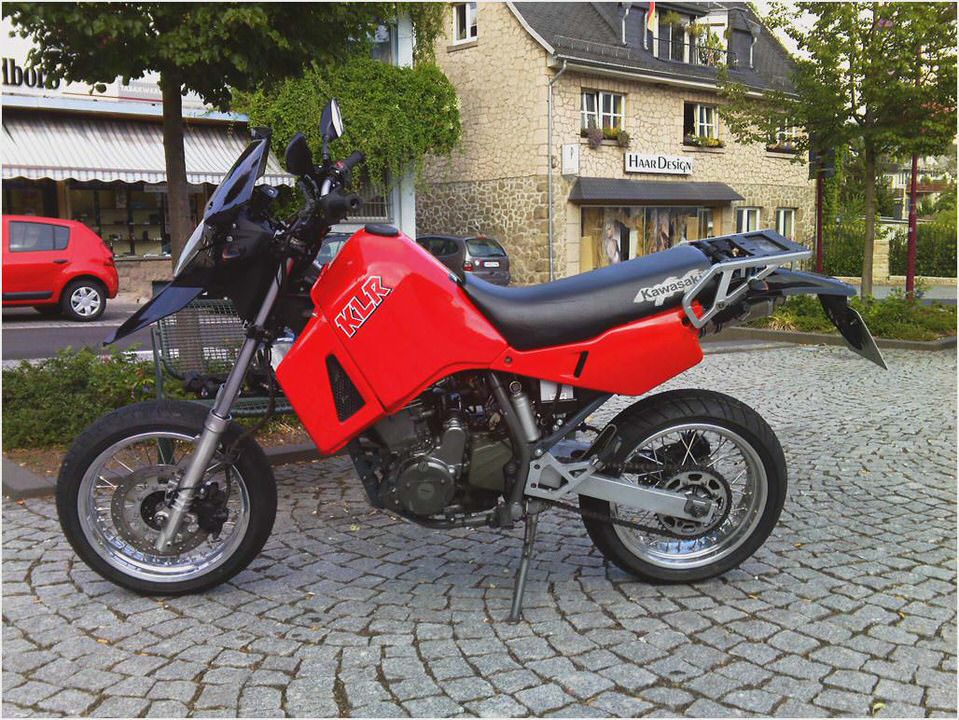
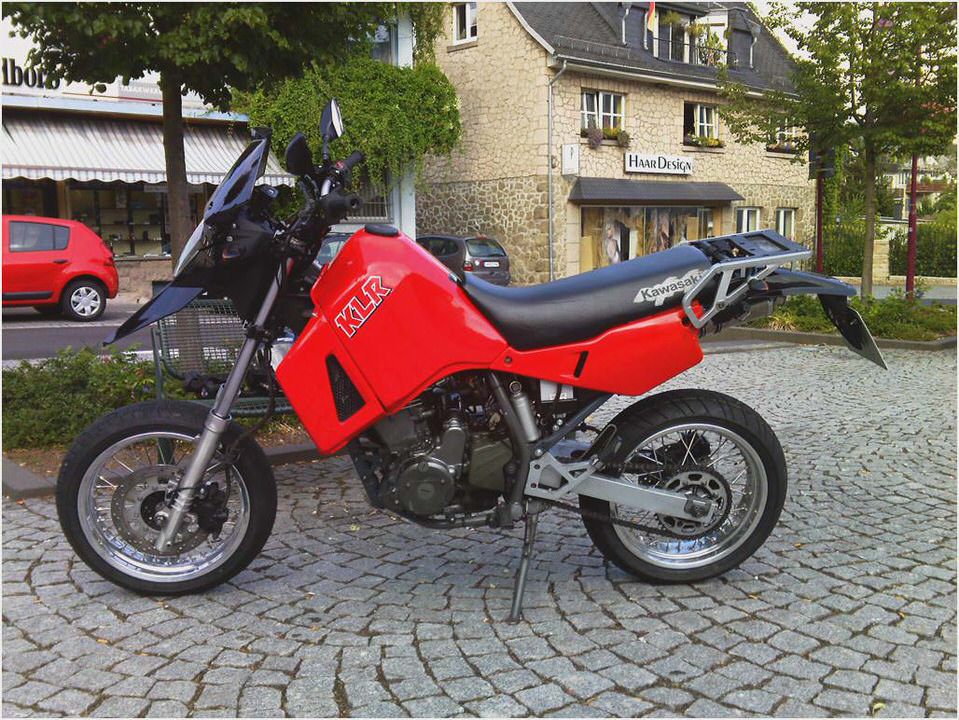
2001 around this time final assembly moved from Japan to Thailand. All major parts still made in Japan.
2007: New shift lever
2008: New fairing design, new instrument panel, redesigned handlebar control switches, new bar-end weights, revised powerband, revised suspension has reduced travel but with less static sag, new rear swingarm, new turn signals, larger petal-style vented brake rotors, new twin-piston rear brake caliper, increased radiator capacity, fork diameter increased from 38 to 41mm (1.5 to 1.6in), new headlight similar to that used on the Kawasaki Ninja 650R. larger luggage rack, firmer seat, larger-diameter wheel spokes increased from 3.5mm to 4mm. Stator alternator upgraded to 17A output, providing an additional 36watt capacity.
2009: New piston rings are thinner and have more tension, resulting in a significant reduction in oil consumption.
2014: The 41mm forks were upgraded to make the springs 40% firmer and to increase the firmness of the rebound damping by 27%. The Uni-Trak rear linkage suspension were upgraded to provide a 63% increase spring rate and to increase the firmness of the rebound damping by 83%. Changes to the seat were made to make it narrower with a more tapered front.
The width of the rear of the seat has been increased and has become less tapered.
References
^ August 30, 2002: USA – American Roadkill, Shipping Bikes and BIG DOGS . retrieved 2008-01-27 ^ HDT KLR650s
External links
Content in this section is authored by an open community of volunteers and is not produced by, reviewed by, or in any way affiliated with MedLibrary.org. Licensed under the Creative Commons Attribution-ShareAlike 3.0 Unported License. using material from the Wikipedia article on Kawasaki KLR650, available in its original form here:
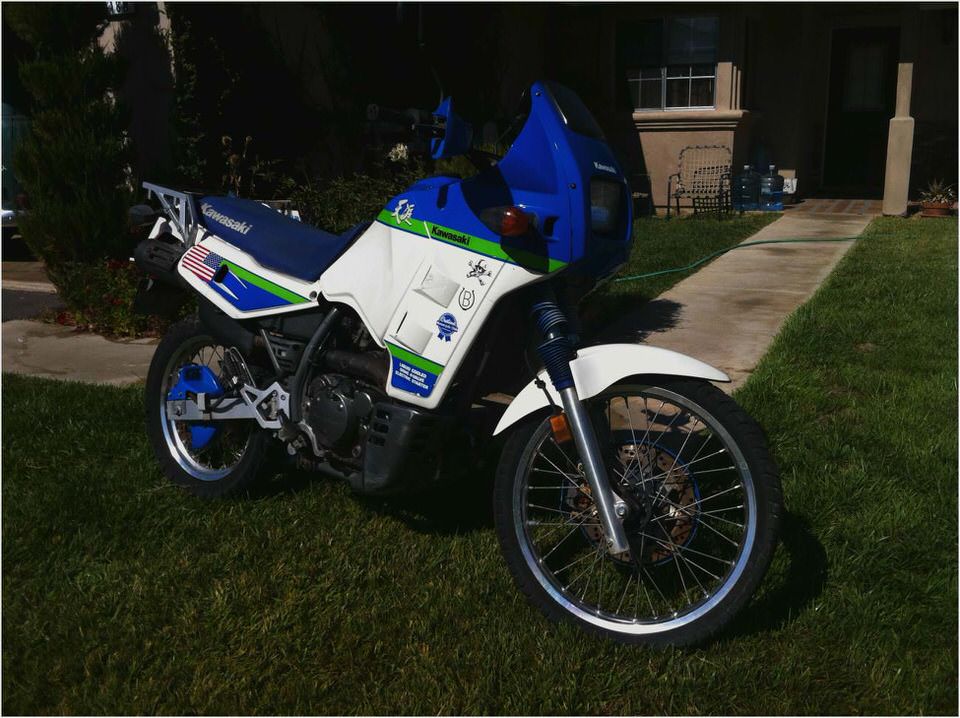

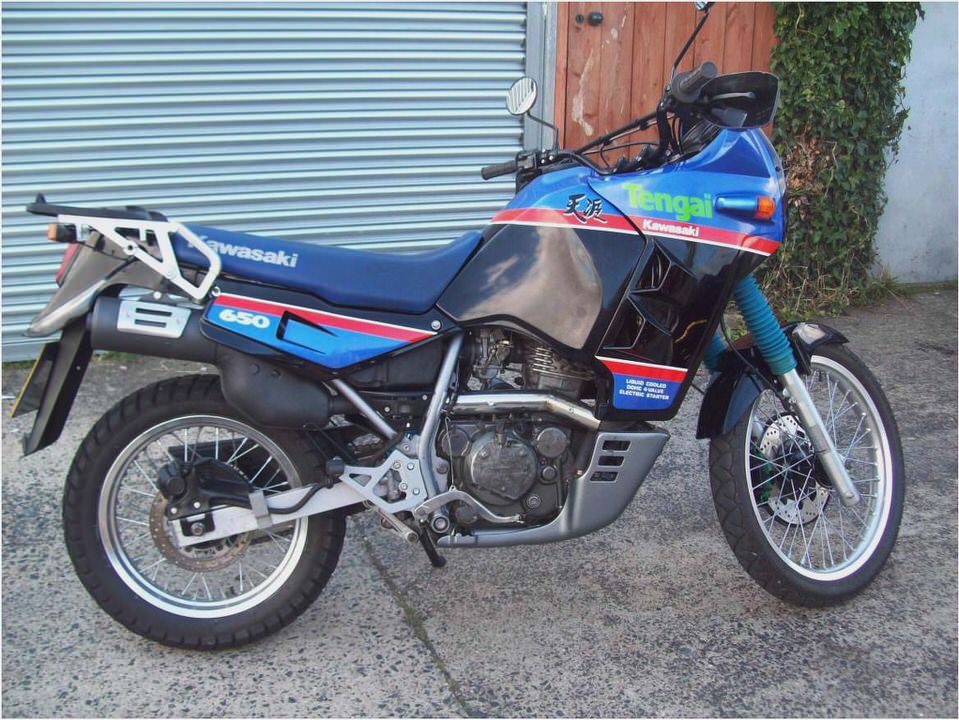

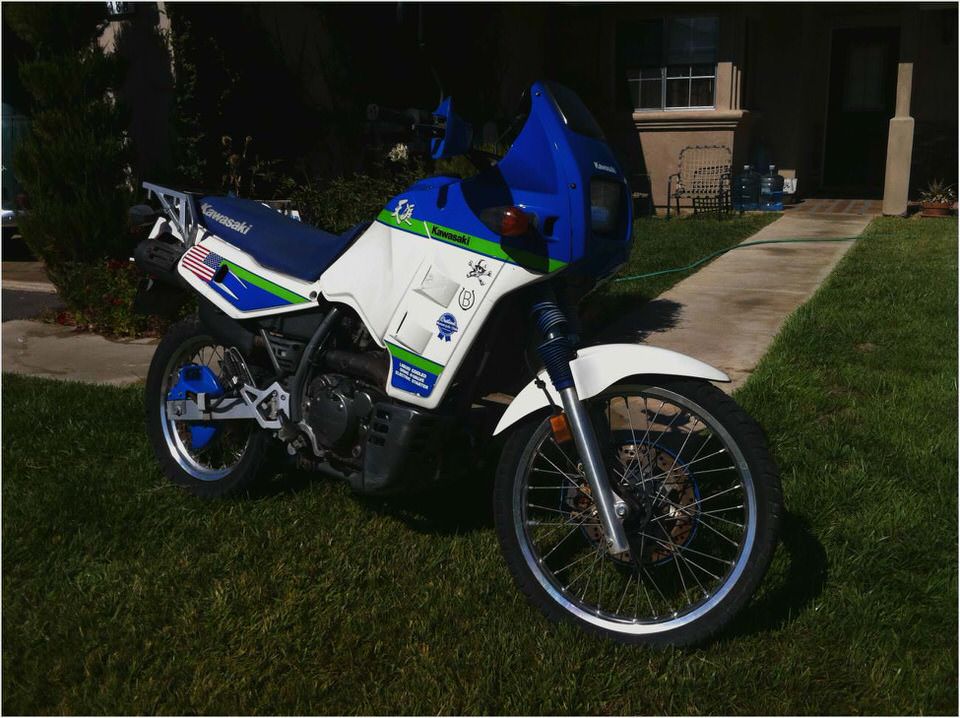
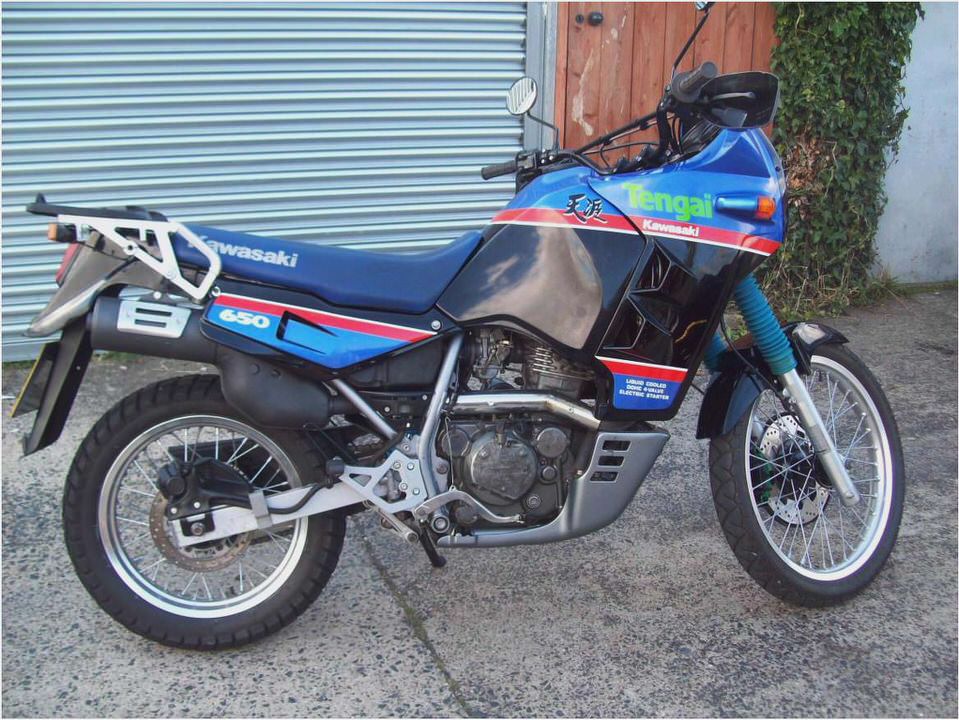
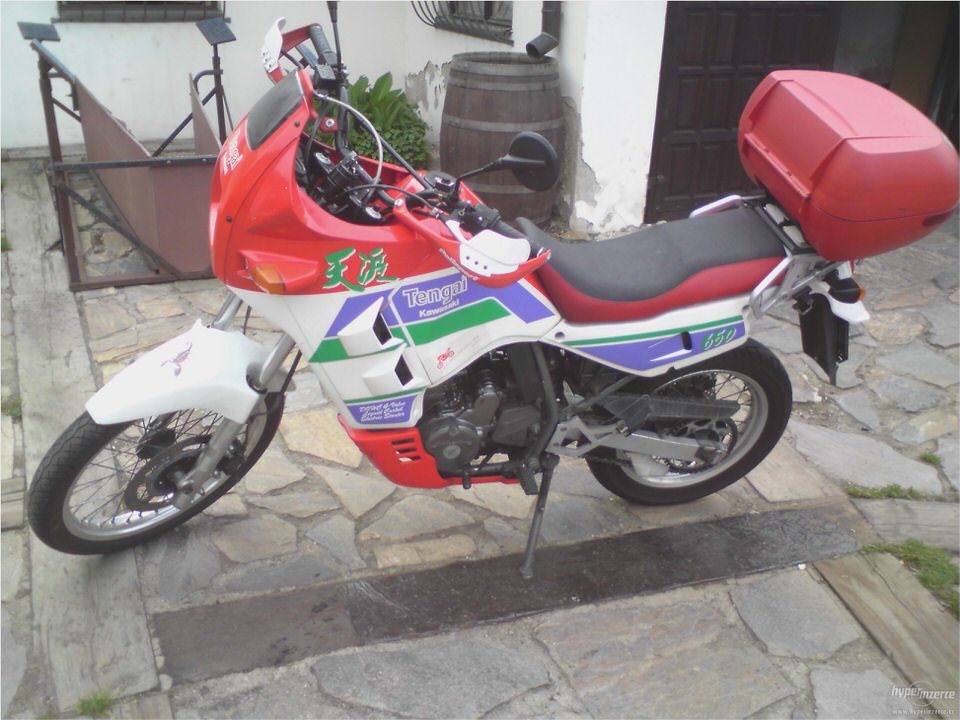
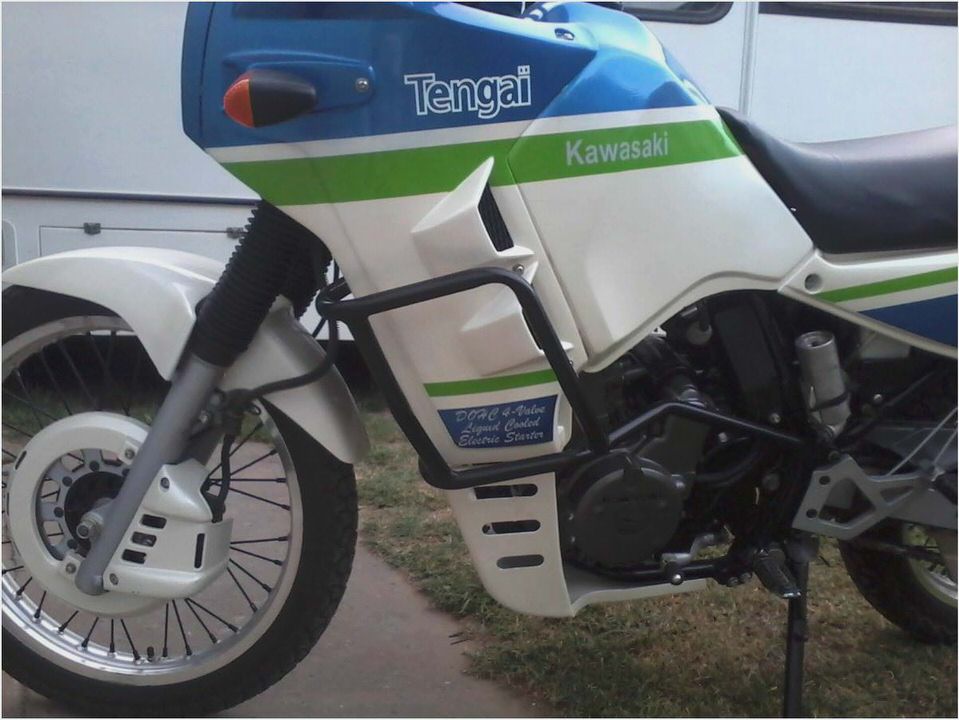
- Kawasaki KX 125
- 2004 Kawasaki 1600 Mean Streak: MD Ride Review …
- Kawasaki Ninja 250R Review YouMotorcycle
- Four Wheelers for Sale – Top Ten Best Utility/Recreation Values.
- Ducati 916 vs. Kawasaki KLR 650

